From The Land Of Blood Suckers
Albert Boxler
Pinot Blanc 2014
Evening Land Vineyards
La Source Seven Springs Pinot Noir 2011
2011 Vintage. 12.9% Alcohol. Thin and weedy in past times opening and not worthy of a TN, now finally getting better although still thin. Taking on a brick rim so I would say now is the drinking window. A Garagiste special deal that was not so special. Bought 6 and this is the third one opened with dismal results on the prior two. Better after airing for an hour. @jason carey DipWSET time to try one again from your case if you still have them. — 7 years ago

Rene Rostaing
Ampodium Côte-Rôtie Syrah 2010
2010 was a very good vintage in Rhône. Rostaing is a well know producer with people that know and drink Northern Rhône wines, not so much with others that do not. The Ampodium is the entry level into Rene & Pierre Rostaing wines. It is a blend of 13 vineyards in Northern Rhône. They are simply one of the very best producers in the region. I spent an afternoon with Rene & his son Pierre tasting in the their cellar and in their La Landonne vineyard as shown in the photos. The 2010 is drinking beautifully with many good years ahead. On the nose; ripe & slightly stewed/baked fruits of; blackberries, dark cherries, strawberries, creamy raspberries, stewed plum, black raspberries, cherries, steeped fruit tea, dry crushed rocks, iron pan, some white & black pepper, bacon fat, grilled savory meats, pork, black licorice, black cherry cola, decayed & fresh red florals with violets. The body is round and medium full. The tannins round, still a little chewy & around 55% resolved. The length, texture, tension and balance are in near perfect harmony. The fruits are; round, ruby & ripe; slightly stewed/baked fruits of; blackberries, dark cherries, strawberries, creamy raspberries, stewed plum, black raspberries & cherries. Steeped fruit tea, dry crushed rocks, chalky minerals, iron pan, coffee grounds, spice, some baking spices w/hints of vanilla, white & black pepper, drying blood, dry herbs/bay leaf, dry stems, moderate levels of bacon fat & pork, grilled savory meats, black licorice, black cherry cola, decayed & fresh red florals with fresh violets for days. The acidly is round and dripping. The long finish is plush, velvety delicious and lasts & lasts. In good vintages, I would put this in blind with the best of of the best new world wines from any vintage that many love; SQN, Booker, Saxum, Alban, Cayuse, Horsepower etc.. I’d bet most of you would pick it over these producers that cost much more $$$. It’s simply one of the best pound for pound wines/producers for this varietal. Especially, for the $$$. Wow, what a wine for the $. $55 upon release. Photos of; Winemaker Pierre Rostaing and our group in their La Landonne vineyard, the small sign that barely identifies their Estate, an example of the Quartz mineral that runs throughout their La Landonne vineyard and the view back onto the river from the top of the very steep La Landonne Vineyard. Producer notes and history...Rene Rostaing produced their first wine in 1971. However, it took almost three decades before wine became a full time occupation for Rene Rostaing. Domaine Rene Rostaing came about through marriage. The wife of Rene Rostaing was the daughter of the famed Cote Rotie grower, Albert Dervieux, and the niece of Marius Gentaz-Dervieux who gave Christine the vineyard land that became the Northern Rhone estate for Rene Rostaing. Through inheritance from Albert Dervieux Thaize (his father-in-law) who retired in 1990, and from Marius Gentaz Dervieux, his uncle, Rene Rostaing expanded his holdings, giving him some of the best terroir in Cote Rotie. The new vineyard land was basically 3 small parcels in the La Landonne, Cote Brune and Vialliere lieux-dits. This initial expansion from his initial tiny parcel, allowed Rene Rostaing to change careers and become a full time vigneron. Since 2007, the estate has managed by Pierre Rostaing, (son) of Rene Rostaing. Currently Rene Rostaing owns 7.5 hectares of vines that is spread out among 20 different parcels located in 14 locations. Perhaps the most celebrated vines of Rene Rostaing are the 1.6 hectares of vines they own in the La Landonne vineyard (photo). On La Landonne, the vines are more than 60 years old. Some vines are even close to 100 years of age! Those are his largest holdings. The smallest vineyards of Rene Rostaing are located on Cote Blonde. Rene Rostaing also has vines planted in; Fonjean, La Vialliere, Le Plomb, Bouchare, Leyat, La Roche and La Tupin. Their oldest vines are more than 70 years old and are used for Rene Rostaing Cote Blonde. The majority of those plantings are on the steep hillsides with mica, schist and rocky soils. 25% of those vines are closer to the bottom of the slopes and on the flats. Rene Rostaing remains a traditional Cote Rotie producer who is not among the last to harvest. His wines are aged using very little new, French oak barrels. On average, Rene Rostaing Cote Rotie are aged in about 10% new French oak barrels. Rene Rostaing produces 4 different Cote Rotie wines. Rene Rostaing Ampodium, which was previously known as Rostaing Cuvee Classique, is a blend of 13 sections of different vineyards, but it does not include their best holdings on La Landonne or Cote Blonde. The fruit for Rene Rostaing Ampodium has at least 40% or more of the stems removed and run between 12-13.5% abv. The wine is usually made from 100% Syrah and is aged in an average of 15% to 25% new, French oak barrels. The amount of new oak can be less, depending on the character of the vintage. About 1,750 cases are produced each year. The wine is no longer called Cuvee Classique, the name was changed to Rene Rostaing Ampodium with the 2009 vintage. Rene Rostaing La Landonne comes from a terroir consisting of sands with iron oxide and traces of quartz. This wine is always produced from 100% Syrah. The grapes are partially destemmed, with about 10% to 20% of the stems removed, depending on the vintage. There are vintages when no destemming takes place. The remainder of the grapes are whole bunch fermented in stainless steel vats. Rene Rostaing is not a believer of using too much new oak for the aging, which on average uses 10% new, French oak barrels and the remainder of the harvest is aged in demi-muids (600 liter) and French oak barrels. This wine is like most wines from La Landonne, masculine and meaty in character, requiring at least a decade to soften and develop. On average, Rene Rostaing La Landonne produces less than 600 cases depending on what the vintage delivers. Rene Rostaing Cote Blonde is perhaps his best. It’s produced from a blend of 95% Syrah and 5% Viognier. The grapes are co-fermented. The vineyards is planted in the region call Arzel. Arzel is a poor, mineral laden soil with deposits of Silex and Mica on a steep hillside. The vines are more than 50 years of age. The grapes are partially destemmed…35% to 50% of the stems are removed. The remainder of the grapes are whole bunch fermented in stainless steel vats.
The remainder of the harvest is aged in demi-muids. This one is the hardest to find and most collectible of all their wines. In fact, they only produce close to an average of 350 cases of Cote Rotie in most vintages. Rene Rostaing Cote Brune made its debut with the 2013 vintage. The vines were once part of the holdings of Marius Gentaz, which eventually passed to Rene Rostaing. Rostaing replanted those vines in 2000. Made from 100% Syrah. — 8 years ago
Ampeleia
Ampeleia Maremma Toscana Red Blend
Ampeleia, beyond this winery in the heart of Maremma (Tuscany) there was a swiss couple: Erica and Peter Max Suter, they bought an abandoned piece of land which since 2002 has been reorganized under the protection of Elisbetta Foradori. Roccatederighi's the ancient town nearby that spread over the Metalliferous Hills. All the Ampeleia wines bear names that recall ancestral ideas and profound concepts taken from ancient Greek culture: Kepos, Empatia, Ampeleia. Biggest enemy in the wine region is an excess heat and too much sun exposure of the vines which could provides too mushy wines or some dispreferred overipe. How does Marco Tait in the vineyards first then in the cellar, fight against such an adversary? Altitude, actually three different altitudes! Ampeleia di Sopra is where they've got vineyards between 450 and 600 m.a.s.l., here's for instance, the main reason why this vintage 2004, a blend of Cab Franc, Sangiovese and four others Mediterranean grape varieties despite his twelve years behind it is still that vibrating, breezy, unbroken and savory! http://www.ampeleia.it/ — 10 years ago
Charles Cimicky
Reserve Barossa Valley Shiraz 1998
We paired this with country ribs drenched in a smoky BBQ sauce. And while I've never made ribs nor tasted this wine, all I can say is...I was transported to scenes From House of Cards, where Kevin Spacey plays the excellent, if slightly sociopathic character of Frank Underwood, Democratic Majority Whip. This wine is brazen, ballsy and complex, with notes of eucalyptus, smoke, preserved meat, asphalt, ox blood, grit and conspiracy. Rich, brooding and as well-developed as a riveting story, the Cimicky will suck you in. — 11 years ago
Dibon
Brut Reserve Cava Macabeo-Xarel-lo-Parellada
Yummy, affordable Cava. Light and delish. Mix a can of blood orange pelligrino and you can drink it from brunch til dinner! — 12 years ago
Evening Land Vineyards
Seven Springs Vineyard Pinot Noir 2017
light translucent ruby fading to pale watery rim; red cherry, mushrooms, rose petals; bright red fruit, bit of spice; medium body, medium+ acidity, light tannins, 13% ABV; sourced from famed Seven Springs Vineyard planted in 1984, built around a core of own-rooted Pommard and Wadenswil clones planted in iron-rich, rocky, volcanic soils, farmed biodynamically; lovely, nicely balanced; $35 — 5 years ago
Evening Land Vineyards
Seven Springs Vineyard Gamay Noir 2017
medium violet; violets, potting soil, hint of smokiness; cranberry, sweet tarts, fairly short finish; light bodied, crunchy, vibrant acidity, little tannin, 12% ABV; 100% Gamay sourced from block of historic Seven Springs Vineyard planted in 1983 in own-rooted vines, fermented while cluster with carbonic mace ration in concrete then aged in concrete and stainless steel; $35 — 6 years ago
Luca Wines
Laborde Double Select Uco Valley Syrah 2015
Had another bottle, Wow! Laura Catena, 4th gen winemaker, grew up in Argentine-Italian winemaking family in Mendoza. Wines, named after her children - Luca, Dante & Nicola - background of the label is the McDermott coat of arms of her American husband, Daniel McDermott. Single-vineyard wine from land belonging to the Laborde family. Deep red with big ripe fruits & smoky oak. Palate plum & jammy blackberry, spice with nice earthy character. Tannins are a bit rustic, lingering ending with toasty oak & spice. — 7 years ago
Krug
Brut Rosé Champagne Blend
I generally try to keep politics or sorrow events off this platform. However, this morning we watched the McCain funeral and were genuinely moved. We should all hope for such a beautiful funeral.
Today, John McCain brought the world one final parting gift. A message of; peace, unity, love, respect and hope for our country. Let’s hope people listen and try to live their lives with a little more of each.
Today, a country grieves the loss of a great American and celebrates the life of a true American hero. We will miss you and your voice in our country’s discourse. Cheers & R.I.P John. You have certainly earned it.
I can’t think of many better bottles than to celebrate his life and his service commit to our country!
Disgorged in Autumn of 2014. 57 wines with the oldest from 2000 to 2008.
On the nose, blood orange, white citrus, orange peel, dry apricot, Mexican papaya, spice, sea spray, sea shells, gray volcanic minerals with grit, citrus blossoms and spring flowers with orange Gerber Daisies.
The body is full, rich and lush. Micro oxygenation, blood orange, tangerine, white citrus, orange peel, dry apricot, yellow peach, Mexican papaya, baguette crust, spice with palate heat, sea spray, sea shells, gritty gray volcanic minerals with citrus blossoms and spring flowers with orange gerber Gaisies. The acidity is perfect. The finish is beautifully long, rich, lush, elegant and goes on and on.
From 375ml. — 7 years ago
Koehler-Ruprecht
Kabinett trocken Pinot Noir 2014
Rad Spätburgunder from the Pfalz; Koehler-Ruprecht never steers me wrong. Bracing and a bit rustic yet still elegant. Pours a medium (-) ruby garnet hue. Benefits from a tiny bit of air before serving but not like, necessary to decant it either. Wild raspberries and strawberries, blood orange peel, fennel seed, woodsy spice and birch bark, mushroomy, forest floor earthiness, and some floral rosehip character on the nose. The palate has more bracing, alpine red berry fruit, woodsy spice, rose floral character, and forest floor, supported by lively, medium (+) to high acid, and medium (-) tannin. Light to medium (-) body. Solid stuff. In a nice place right now, maybe would peak in a couple years but no compelling reason to hold on to it much either. — 8 years ago

Domaine de Saint-Just
Les Perrières Saumur Chenin Blanc 2014
A Chenin from this terroir and tastes like the land that is. Brought back memories of trip there. — 9 years ago
Domaine Jamet
Côte-Rôtie Syrah 2011
Wow, what a nose. Green bell pepper, black pepper, green olives, salami, and some floral notes. Pours almost black in my glass, a dark dark purplish/ruby color. Incredibly savory on the palate and with great poise - just a little oak, and not much fruit. The kind of wine that feels both rustic and aristocratic, like it should be drank from a golden chalice dotted with precious stones. Some pencil lead and iron-like blood notes join the party as it opens, but the mouthfeel remains sensuous with everything in its right place. With still more time in the glass, surprisingly giving notes of boysenberry jam begin to integrate with the rest of the savory flavors, but without overwhelming them. A masterpiece. — 9 years ago
Domaine Romaneaux-Destezet (Hervé Souhaut)
La Souteronne Vin de Pays de l'Ardèche Gamay 2014
The color is a muddy Burgundy red emerging from a tight black. The nose is wildly feral with smoke, cut weeds, and tiny red berries. The taste is bitter bing cherry with notes of persimmon and hints of blood orange. Highly acidic, just this side of sharp. This wine does caress the palate. It pricks it with a sharp needle of flavor. Striking. $35 Retail — 10 years ago
E. Guigal
La Turque Côte-Rôtie Syrah 1999
I was lucky enough to have the opportunity to taste the three La La's from the 1999 vintage side by side last night. La Turque was, by far, the most concentrated and frankly, massive of the three. Impressive aromas of dust, earth, iron, game, spice, damp clay, blood, meat and bone. Sculpted layers of flavor, depth and sheer power continue in the mouth with brooding black fruit, mouth-coating, yet balanced tannins, a compelling animal quality, savory notes, dollops of spice. This wine is an amazing, bordering on spiritual journey. — 11 years ago
Bodega Garzon
Reserva Maldonado Tannat 2018
Violet laced prune juice of a nose,
Blackberry jam, cassis , violet, blood orange pith, medium bodied with a tangy zing to bring up the rear. Long finish, with tannins - front and flanking.
Love Tannat from Uruguay. South America has such spectacular vines. — 6 years ago
Cayuse Vineyards
En Chamberlin Vineyard Syrah 2008
The 2008 Cayuse Vineyards ‘En Chamberlin Vineyard’ Syrah (WWB, 97) is a magical wine from one of the world’s great vignerons, Christophe Baron. The flavor range here is simply insane, from blood orange to Umami and seaweed to bacon fat and salted charcuterie. Showing a brilliant salinity and beautiful savory qualities, this is a perfect example of aged, stony Syrah. At ten years old, this is peaking and is simply impossibly to put down — 7 years ago

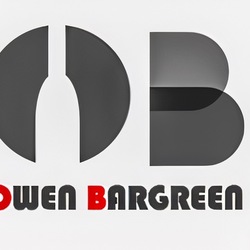
Domaine de Chevalier
Pessac-Léognan Red Bordeaux Blend 2015
One of the stars of the vintage, the 2015 Domaine de Chevalier has turned out even better than I expected. Bright floral notes give striking aromatic lift to the rich, sumptuous fruit. A marvelously complete wine, the 2015 is racy and silky on the palate, yet also has tremendous freshness. Bright red cherry, blood orange, white pepper, spice and dried flowers build into the super-expressive finish. The 2015 has been nothing less than stunning the three times I have tasted it so far. This is a tremendous showing from proprietor Olivier Bernard and his team. The blend is 65% Cabernet Sauvignon, 30% Merlot and 5% Petit Verdot. Tasted three times. (Antonio Galloni, Vinous, Feb 2018)
— 8 years ago
Evening Land Vineyards
Anden Seven Springs Estate Pinot Noir
Woohooo!!! This is good. From the last of the original vine plantings that haven't been affected by phylloxera on the Seven Springs Vineyard. 100% whole cluster yumminess. All of the complexity of La Source with a more elegant palate and expressive nose. More approachable than all the other Evening Land Pinots, but this could age nicely for the next 10-15yrs.@June's All Day, Austin TX — 8 years ago
Château Blouin
Red Bordeaux Blend 2014
Kicking back letting the local tunes adjust my attitude with wine:30 showing on the clock she strolls in my direction digging the slow roll Hendrix spinning left then twisting right dressed in deep purple clinging and flowing interestingly crimson along her rim and edges back to casually claret whispering that she's from a small chateau hanging on the right bank of the Gironde near Arveyres. Offering her hand, I accept pulling her in close then a slow spin and a slower twirl she comes close bathed in the essence of blackberry and spice, young but ripe, wet earthy slowly working her way to a first kiss dripping then gripping, pulling tightly then going soft and silky still clinging while working her way deeper. I close my eyes, Hendrix stops and she's gone. A distant guitar string bends an unknown player. I spot her by the bar, her colors waving in the breeze of a lazy fan I reach out take her firmly by the neck, then lower bending her gently back then spinning her my way, she again engages, her essence lingering in my memory, we dance on as the tunes continue their spin. Later, when we are both done I figure she's likely a fine Merlot brightened by Cab Franc having found her way through new French oak nestled by the river, intelligently nuanced well worth the dance and cost is not an issue...
Hanging at Promise' Land Market where the tunes are always righteous, the people are cool, the conversation is groovy and wines dance from the walls... — 9 years ago
Michel & Stéphane Ogier (d'Ampuis)
La Rosine Syrah 2011
I feel like the "value" Rhône wines perform better than almost any other wines of the same category from other regions. This is great, classic N. Rhône character on a moderate frame. At first funk, red plums, wild berries and violets filled the glass, evolving into grilled bacon, beef blood, black licorice, and peppery olive character. While it doesn't have the density nor weight of some Syrah it still is lovely and engaging to drink. — 9 years ago
Evening Land Vineyards
Celebration Gamay Noir 2013
About the best example available from Oregon.... A steal @$30 retail. Holding up beautifully after 48 hours of being uncorked. — 10 years ago
Paul Lato
Belle de Jour Hilliard Bruce Vineyard Chardonnay 2011
This wine is always special. From a plot of land that sits low and tucked away in a corner the first sun dies not touch the vines until 10am. Mineral driven and the most chablis like of Paul's wines this bottling is all meyer lemon and minerality. Rock on. — 10 years ago
Raventos i Blanc
de Nit Rosé Cava Blend 2011
One of the more serious Cava's I've had the pleasure of tasting. In part, due to calcareous soils and a long, long tenure of the land. Raventos estate vineyards have been tended by the same family since the late 1400s. Aside from the gorgeous pink hue and lively bubbles, the nose is pure fruit. Wild strawberries, honeydew melon and charming floral notes. The prettiness of the nose is slightly deceptive, on the palate, serious minerally shines through a firm acid backbone, making this a food friendly Cava. — 11 years ago
Montevertine
Le Pergole Torte Sangiovese 2003
Beautiful Sangiovese from a difficult year. Iron, cherries, a bit of blood and earth. Mildly drying tannins. — 11 years ago
Arianna Occhipinti
SP68 Terre Siciliane Nero d'Avola Frappato 2012
Bright fruits of raspberry, cranberry, red cherry and strawberry. Underlying minerality and earth from the land, fresh red fruits from Frappato, good structure from Nero d'Avola. Dry. Medium body. Great acidity. — 12 years ago

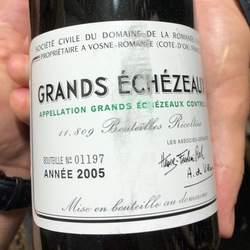





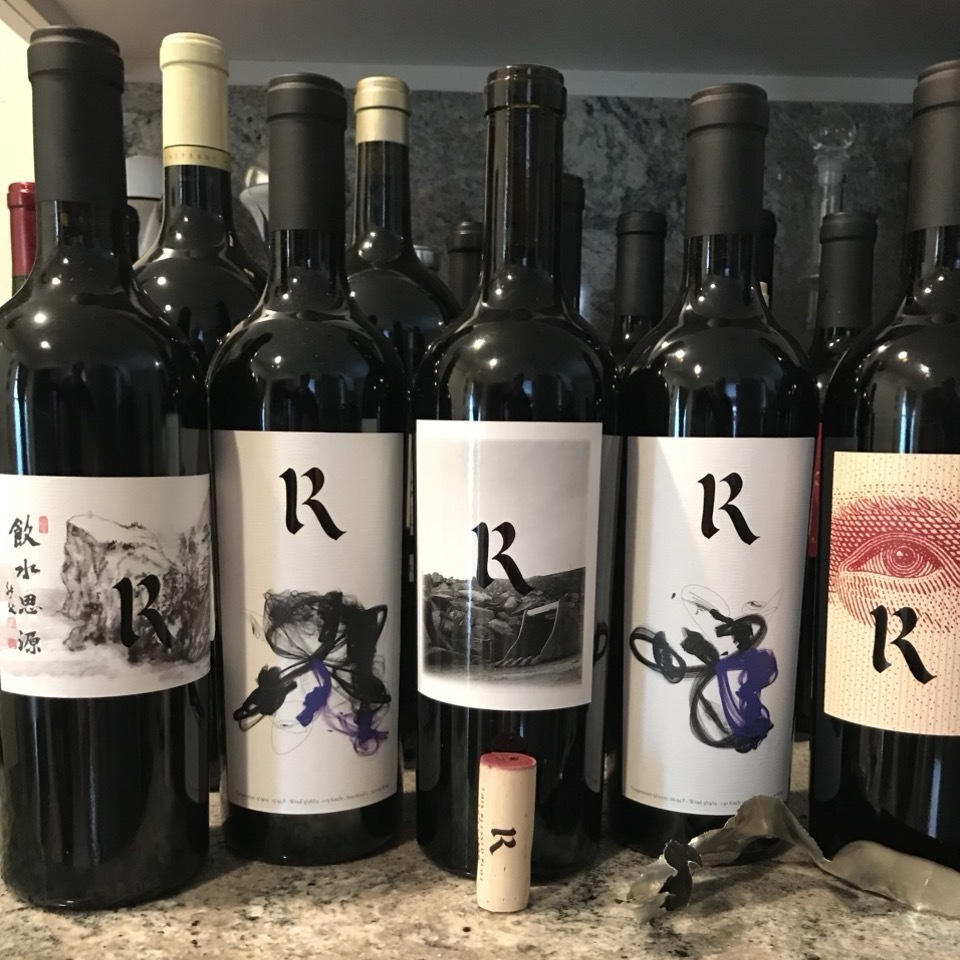



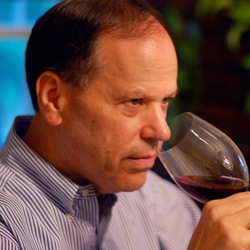




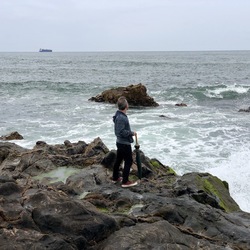


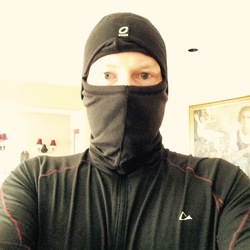



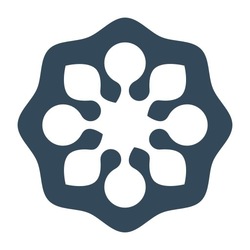
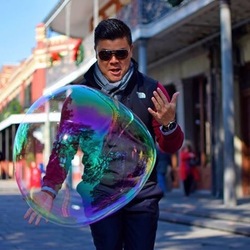
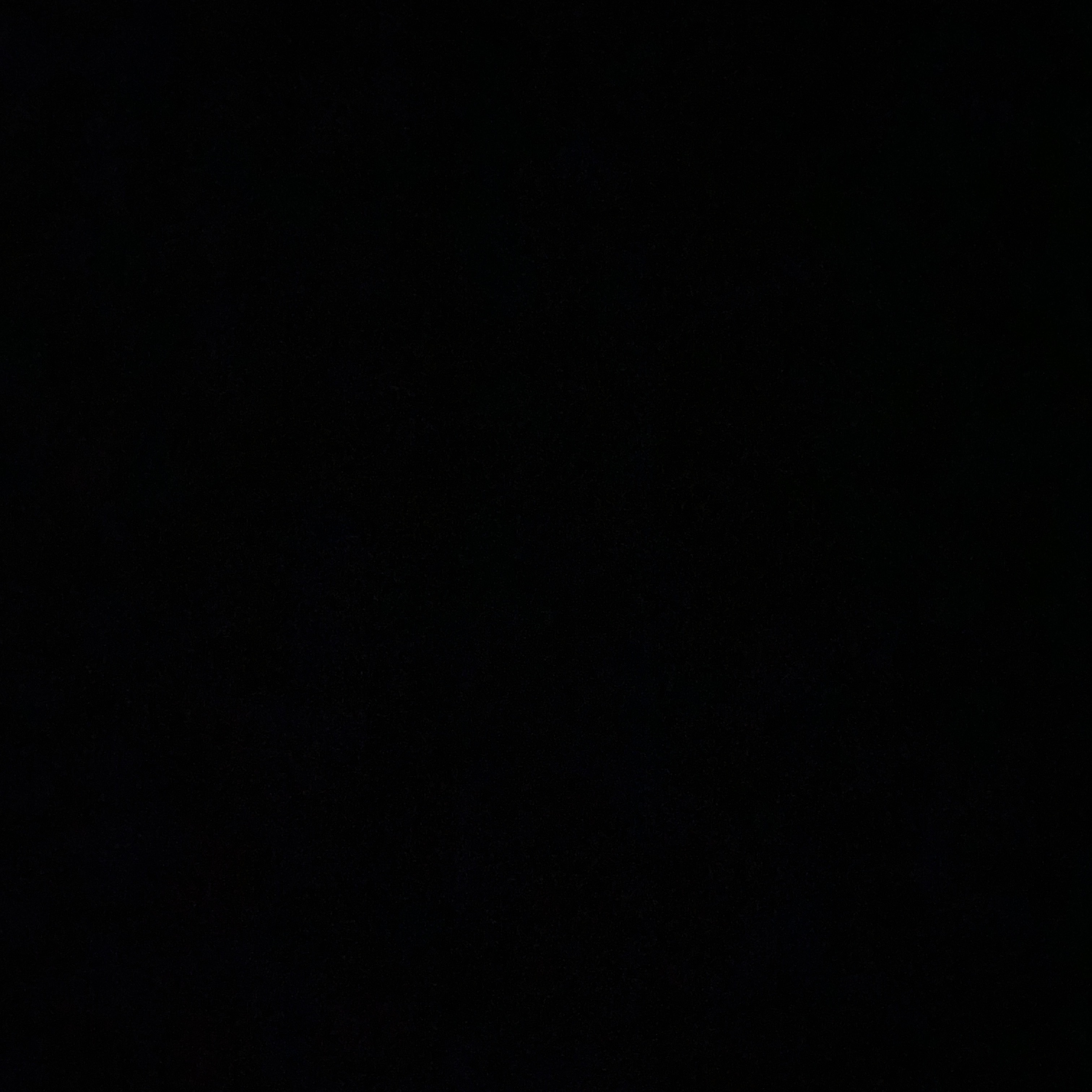




Andrew Liguori
Slight golden hue from a little age. Absolutely refreshing, thirst quenching. Great with a blistered shishito starter. Light body, subtle primary notes with hints of Meyer lemon, stone, apricot and dried up blood orange? — 5 years ago